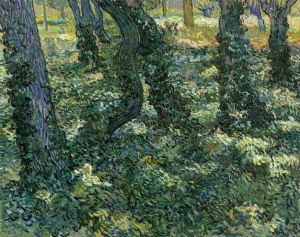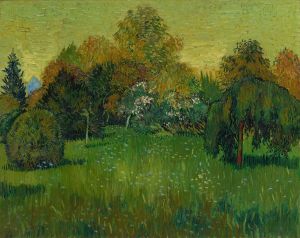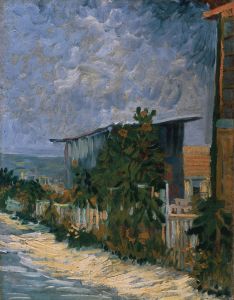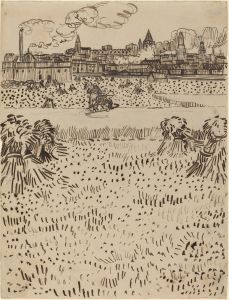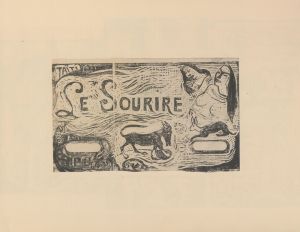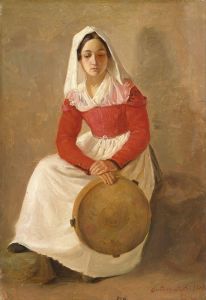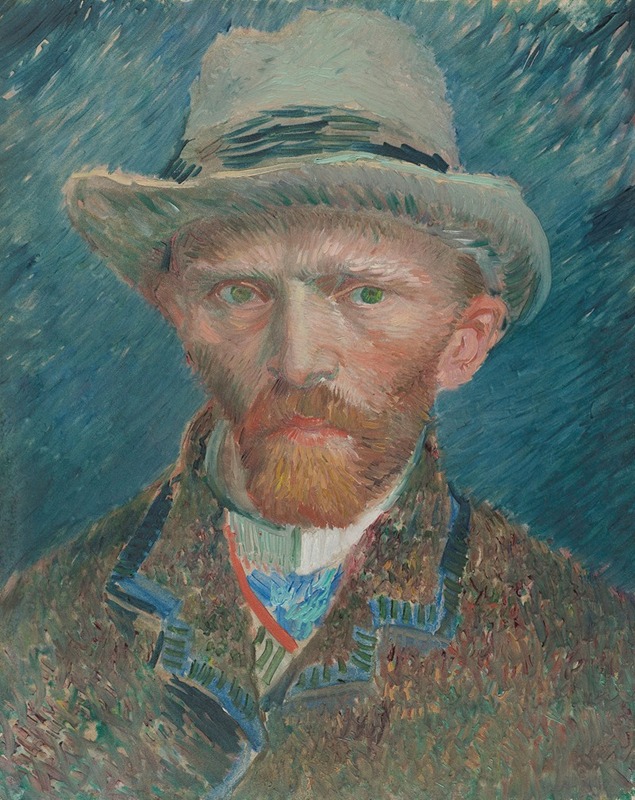
Self-portrait
A hand-painted replica of Vincent van Gogh’s masterpiece Self-portrait, meticulously crafted by professional artists to capture the true essence of the original. Each piece is created with museum-quality canvas and rare mineral pigments, carefully painted by experienced artists with delicate brushstrokes and rich, layered colors to perfectly recreate the texture of the original artwork. Unlike machine-printed reproductions, this hand-painted version brings the painting to life, infused with the artist’s emotions and skill in every stroke. Whether for personal collection or home decoration, it instantly elevates the artistic atmosphere of any space.
"Self-portrait" by Vincent van Gogh is one of the many self-portraits created by the Dutch Post-Impressionist painter during his prolific but brief career. Painted in oil on canvas, this work is believed to have been completed in 1889, during Van Gogh's stay at the asylum of Saint-Paul-de-Mausole in Saint-Rémy-de-Provence, France. The painting is part of a series of self-portraits that Van Gogh produced as a means of introspection and artistic experimentation.
In this self-portrait, Van Gogh depicts himself with a somber expression, gazing directly at the viewer. The background is composed of swirling, dynamic brushstrokes in shades of blue and green, which contrast with the warmer tones of his face and clothing. The artist's use of bold, expressive lines and vibrant colors reflects his signature Post-Impressionist style, characterized by emotional intensity and a departure from realistic representation.
Van Gogh painted this self-portrait during a particularly challenging period in his life. He had voluntarily admitted himself to the asylum in May 1889 after experiencing a series of mental health crises, including the infamous incident in which he severed part of his own ear. While at the asylum, he continued to paint prolifically, creating some of his most celebrated works, including "The Starry Night." The self-portraits from this time are often interpreted as a way for Van Gogh to explore his identity and confront his struggles with mental illness.
This particular self-portrait is notable for its psychological depth and technical mastery. The intensity of Van Gogh's gaze and the turbulent background suggest a sense of inner turmoil, while the meticulous attention to detail in his facial features demonstrates his skill as a portraitist. The painting also showcases Van Gogh's innovative use of color and texture, which would go on to influence generations of artists.
The exact number of self-portraits Van Gogh created is uncertain, but it is estimated to be over 30. These works provide valuable insight into the artist's life and creative process, as well as his evolving style. Today, "Self-portrait" by Vincent van Gogh is housed in the Musée d'Orsay in Paris, France, where it remains a testament to the artist's enduring legacy and his profound impact on the history of art.








